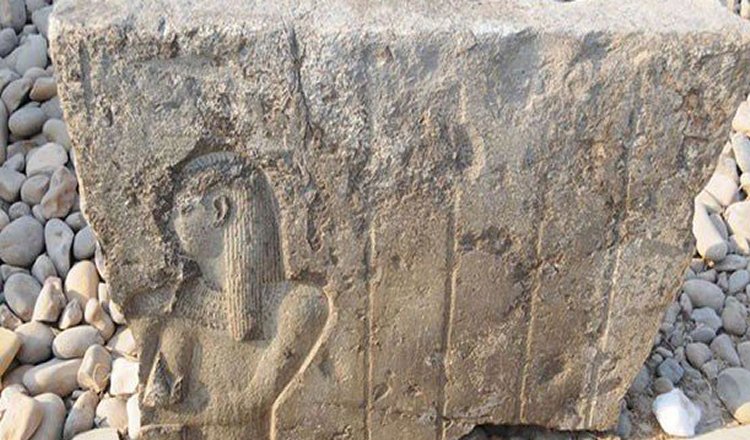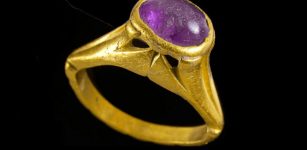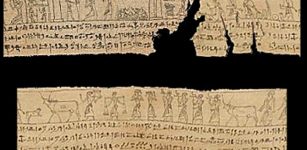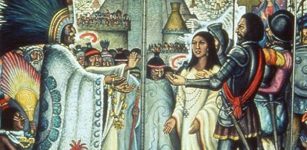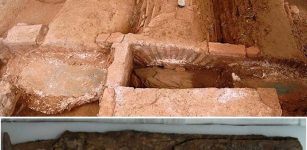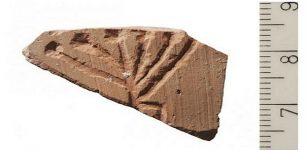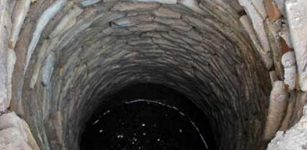“The finds were discovered during the ongoing excavation work carried out by an Egyptian-German archaeology mission. The shrine belonged to the 30th Dynasty Pharaoh Nectanebo I (379 B.C.-360 B.C.)” according to Antiquities Minister Mamdouh el-Damaty.
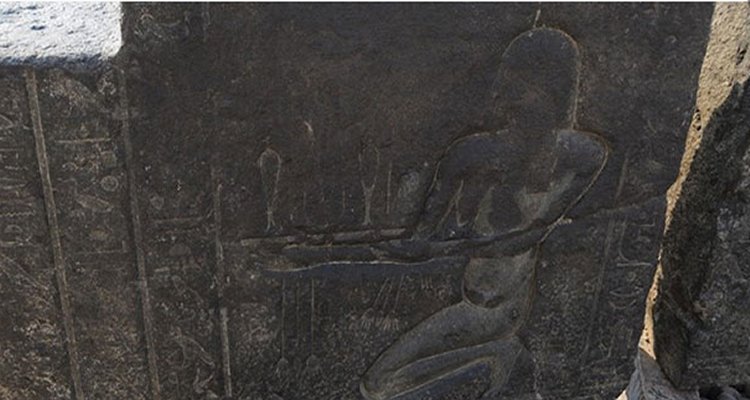
Unfortunately, little remains of what was once one of the ancient Egyptians’ most sacred cities, since much of the stones used in the construction of the temples were later plundered and reused in building modern buildings.
Nectanebo I was the founder of the 30th Dynasty, which was the last Egyptian royal family to rule Egypt before it was conquered by Alexander the Great in 332 BC, according to archaeologist Sherif el-Sabban.
He was a great builder and restorer, ordering works on many of the temples across the country.
“The area was first excavated in the early 20th Century and most of the finds ended up in private collections. The obelisk of the Middle Kingdom Pharaoh Senusert I, probably the oldest standing obelisk in Egypt, is among the most significant excavations at the area,” Sabban said.
MessageToEagle.com via AncientPages.com
source: The Cairo Post

